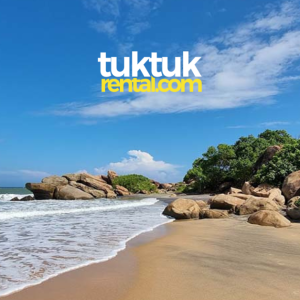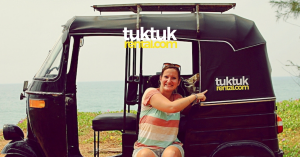Table of Contents
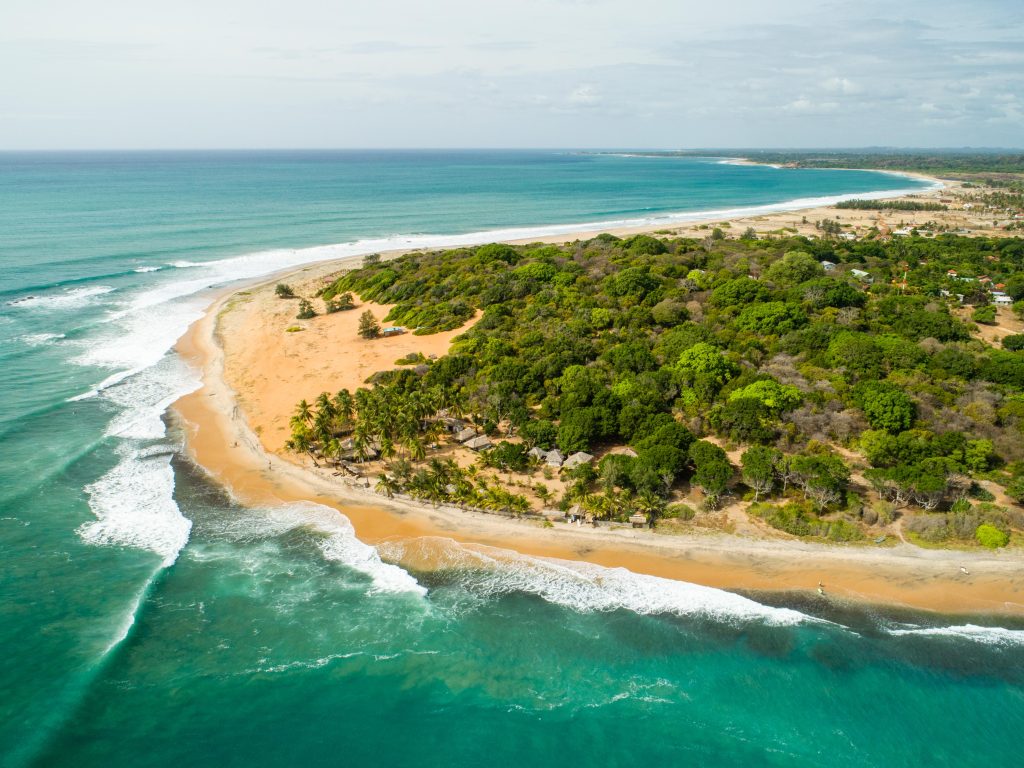
There’s a postcard version of Arugam Bay that most travelers visiting know about. The world-famous beach breaks, backpacker-themed beach bars, and the thrilling season-time buzz. What you’ll probably take a few trips to discover is beyond mangrove thickets and crumbling ruins where Google Maps starts to glitch.
Here’s a different personality of Arugam Bay. One that’s quieter, older, and far more liberating. It’s the A-bay that local tuktuk drivers don’t speak too loudly about. The one with ancient dune temples and moonlight gatherings. You may also catch elephants walking at dusk and turtles nesting under starlight.
Let’s explore the top attractions in Arugam Bay, not the ones you’ve probably heard of but those you’ll carry home with soul-satisfying stories.
Sunset Canoeing on Pottuvil Lagoon with Local Fishermen
Skip the motorboats. The authentic magic begins when you hop into a narrow dugout canoe just before sunset with a local fisherman steering gently through the mangroves. Take your tuktuk a short ride away, and Pottuvil Lagoon will welcome you to its lush home of 100+ bird species and water buffalos. If you’re lucky, you may spot the unmistakable shape of a wild elephant at the water’s edge.
Moreover, the lagoon feeds into the ocean through an ancient estuary that once served as a trading hub for Arab merchants. It’s now a haven of stillness that’s best experienced in silence.
Shanti Garden Walks & Forest Meditations (Urani)
The lesser-visited village of Urani in the north of Arugam Bay takes you through a narrow footpath winding into an inland forest patch. Locals call this “Shanti Garden” and tend to this wild garden space with eco-conscious guesthouses and yogis. It fits the idea of a getaway for barefoot forest bathing and spontaneous yoga sessions with senior members of the village community.
Rest assured, the earthy meditations surrounded by birdsong and peacocks treat your mind to another type of calm. Some locals believe the area was once part of an ancient Ayurvedic forest grove where medicinal plants still grow wild.
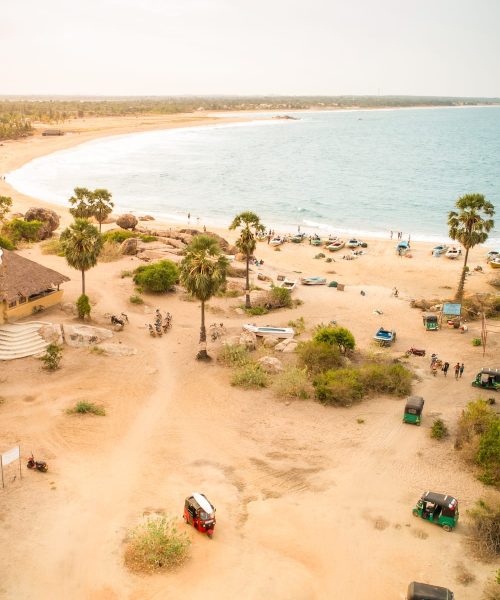
Abandoned Temple in the Dunes
While the Okanda Devalaya Temple and Muhudu Maha Viharaya are staple tourist spots in and around Arugam Bay, there’s someplace older and eerier just around. Follow the dunes toward the sea, and you’ll find scattered stone Buddhas and half-swallowed shrines. Notice how the semi-buried pillars are naturally marked by carvings worn smooth by wind and salt.
Local folklore claims this sunken temple was once part of a larger monastery complex. Long after the monks blossomed in this sphere, the sea gulped and flushed down the larger part of it. Even though archaeological digs here are rare but still ongoing in stealth mode, every storm unearths a new stone relic.
Hidden Croc Pool (Locals’ Fishing Spot)
This hideout of a waterhole is affectionately termed the “Croc Pool” by the locals, probably in an attempt to keep tourists away.
All thanks to its long-serving role as a traditional fishing ground, villagers wish to continue employing age-old techniques and catch their daily sustenance. You’ll be delighted by how its placid waters are framed by dense foliage and create an aura of pure isolation.
Note that crocodile sightings are rare despite the moniker stating otherwise.
Lahugala National Park & the Elephant Corridor Watchpoint
It may be among Sri Lanka’s smallest sanctuaries, but this 1554-hectare national park houses a substantial gathering of elephants. You want to be here during the dry months of July and August to witness this assembly. The abundance of “Beru” grass, a favored delicacy of these mammoths, draws herds of over 150 elephants. You’ll see them congregating around the Lahugala Tank!
Keep in mind that Lahugala is an instrumental segment of the southeastern elephant corridor. It essentially allows the seasonal migration of elephants between Yala National Park and the Senanayake Samudra reservoir in Gal Oya National Park. In fact, this corridor can be credited for maintaining the genetic diversity of these Sri Lankan elephants.
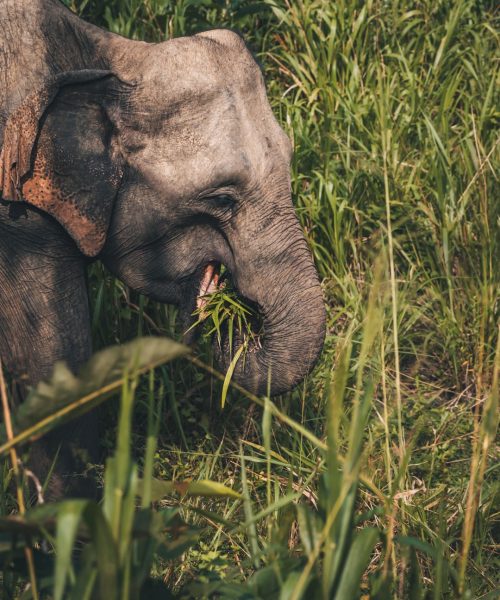
Whiskey Point
The area is a focal point for international surfing competitions, notably hosting World Surf League events in 2011 and 2019. The right-hand point break rolls in clean and consistent with the sandy bottom making it forgiving. Above this, the local surf schools often bring first-timers here for low-pressure, feel-good waves.
To add, fewer crowds arrive here as compared to Main Point at Arugam Bay. This translates to fewer boards competing for waves in the waters.
Locals also often speak of the energy at Whiskey Point. Maybe it’s the way the land curves or how the light hits the water, but something about this surf beach feels grounding.
Peanut Farm Beach
A short journey south of Arugam Bay opens up to Peanut Farm beach, which shifted from its agricultural origins into a surfer’s retreat. Depending on your surfing experience, consider the Main or the Baby break. The former caters to intermediate surfers, and the latter is a perfect water playground for novices.
It’s also a DIY paradise. There aren’t big hotels or fancy cafés here, just a few surf shacks serving kottu and coconuts you can have on hammocks slung between trees.
Don’t forget to chill or take dips by the tide-formed creek. This freshwater creek usually forms (after a good rain) at the far end of the beach and is perfect for rinsing off post-surf.
Tip: Head southward along the coast and you’ll discover barely explored coves, tide pools, and beaches.
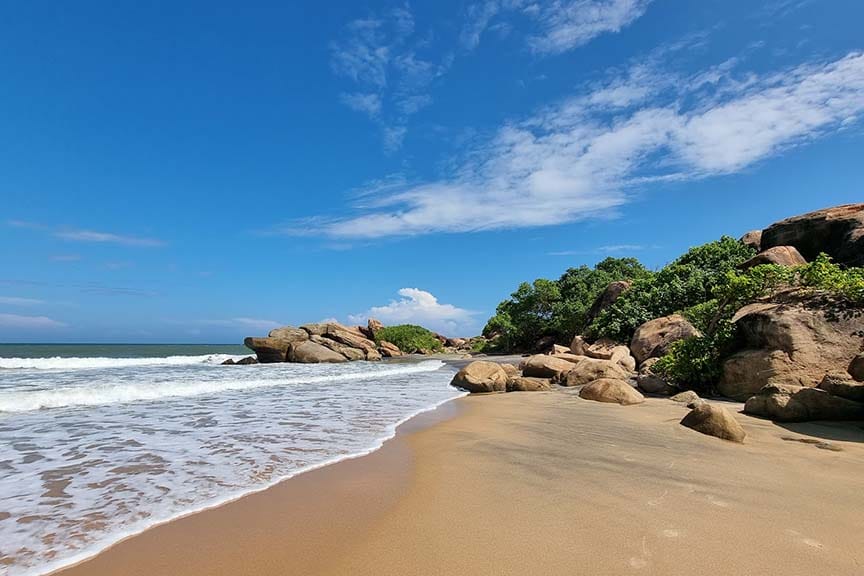
Moonlight Drum Circles
Many travelers who aren’t familiar with such coastal-side gatherings mustn’t have experienced a moonlit drum circle. The collective indulgence of locals and people from around the world leads to a type of sonic energy that follows a wild rhythm. Groove on the sands, stretch your hips, or simply join the drumming extravaganza — such communal celebrations are often a highlight.
From shakers to kalimbas and hand drums, it doesn’t matter if you’re offbeat as long as you enjoy. Dance is almost inevitable, where each limb seems to move in sync with the moonlight. What’s best, it’s unchoreographed and barefoot, almost inspiring a kind of full-body liberation.
Tip: Don’t be shy to ask fellow participants if you can try their instruments. You can test African djembes, Indian tablas, Sri Lankan wooden drums, Australian didgeridoos, and even steel pans. And these interactions could be your social glue on this trip.
Here’s an additional travel guide on Arugam Bay that talks about surfing, temples, and more.
Full Moon Parties by the Estuary
Shh… this one’s not on the flyer. Ask around during the full moon week, and someone may tip you off about the rave by the estuary. Part trance, part beach gathering, and completely off-the-grid. Expect a mix of fire dancers, neon-lit stages, and barefoot travelers letting loose under a bright night sky.
Try and notice how these unpublicized gatherings bring people together for lunar reverence with modern musical expression. A bunch of travelers who’re performing artists will grace the space as flow masters and poi spinners as well.
Did You Know: Impermanence is part of the magic here. Some parties are massive, with 100+ people, and some are intimate, with only 20 souls around the fire. And the location is different almost every time.
Turtle Nesting Nights at Panama Beach
Have you ever seen these ancient mariners step out of the ocean to lay their eggs in the soft sands? Well, these sea turtles only pop up between March and July.
Do your research on Olive Ridley turtles beforehand. Female turtles haul themselves ashore and dig a pit with their flippers to lay around 100 eggs in near trance-like stillness. They’ve caught the attention of ecologists globally for their synchronized mass nesting habits, other called “arribada”.
If you’re a long-term traveler, come back in 45-60 days to see the hatchlings emerge from the sand.
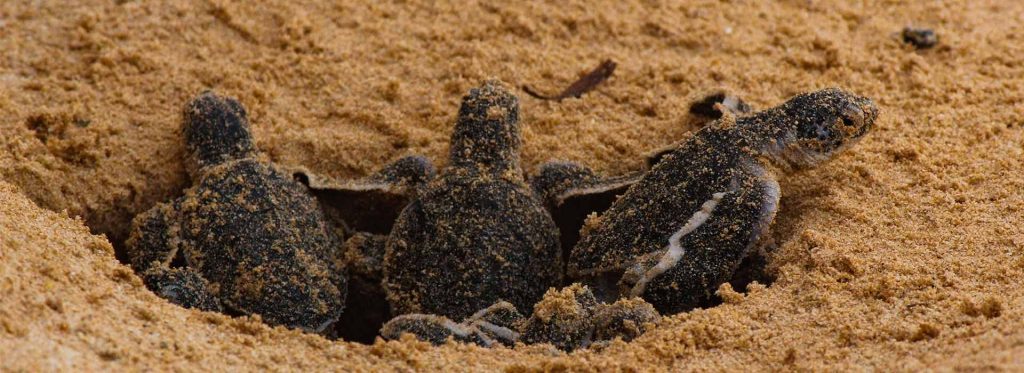
Tip: Go with a local so you know the exact spot and cause absolutely no disturbance with noise, flashlights, or any poaching attempts.
You might also consider downloading the Tuktukrental Travel App. It features offline maps, offbeat recommendations and even helps fellow tuktuk-ers on the road connect for information or just a few post drive beers – or the local Sri Lankan arrack if you are feeling adventurous!

